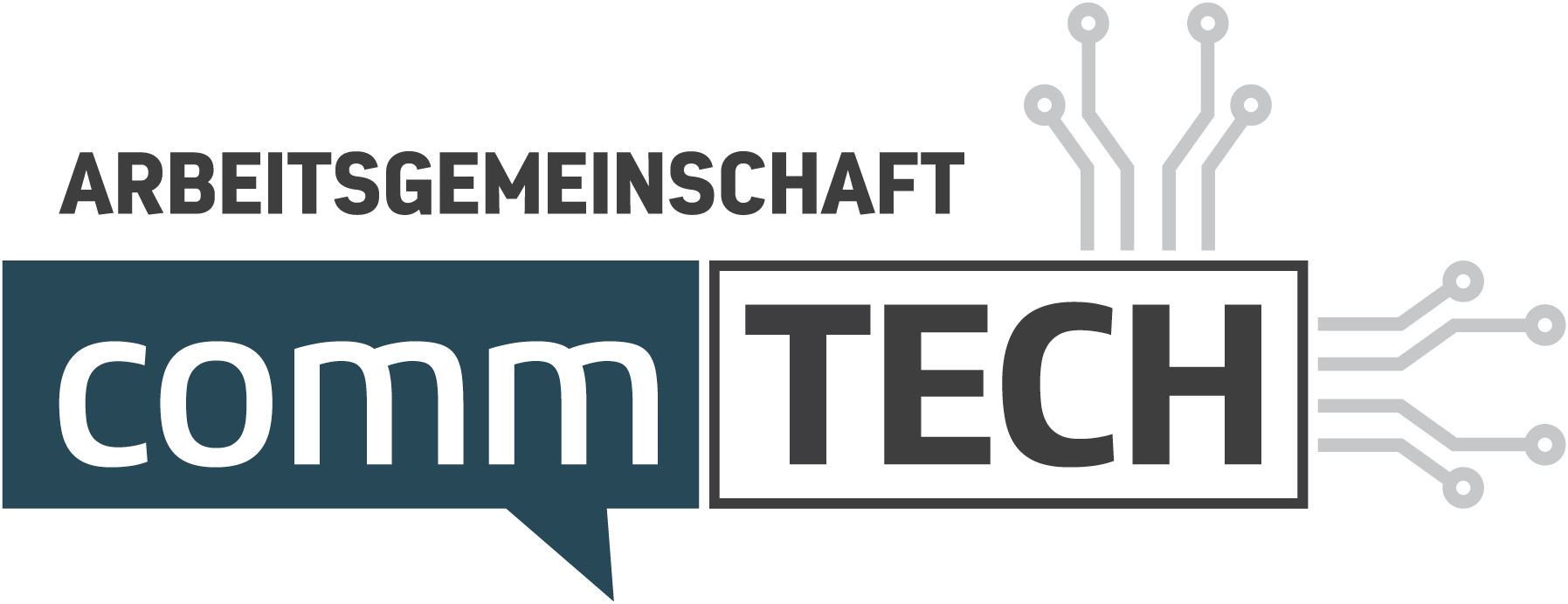- 7. June 2023
- Posted by: Oliver Loenker
- Category: NEWS
Agility in corporate communications: more than just a fashion

Author: Oliver Loenker
Only nine percent of communications experts in companies still prefer to work in separate departments. According to the “Next Communication” trend study published by Deutsche Telekom in November 20221, the vast majority favor a cross-functional, project-based organizational approach. While many an executive office may not have gotten this message yet, the best talent is turning away from traditional structures.
Companies that have the courage to implement new models with cross-functional teams and a high degree of self-organization are high in talent’s favor. Whether these new approaches are called agile, holocratic, integrated, or something else is less crucial. It is important for hierarchies to recede into the background, for decisions to be made on the basis of data, and for innovations to emerge through the joy of experimentation.
The road to transformation: A demanding process
Those who embark on this transformation should prepare for a challenging journey. At Siemens Healthineers, we started the transformation back in 2019, before the pandemic, and we still haven’t reached our goal. In a world that is constantly accelerating and felt to be in a state of “multi-causal permanent crisis” (Kurt Kister2), there is no final state anyway.
Three key learnings from our journey in the agile content lab.
- The team as the engine of change
Agile transformation should only be pursued where employees can play a significant role in shaping change. At Siemens Healthineers, it was the team that experimented with agile methods at the very beginning – in cross-functional projects beyond the classic line organization. This created a high level of motivation early on to take responsibility for the transformation and to break new ground. And in management, pressure for change arose from the team. In other words, agility and self-organization should be experienced and practiced in the team from the very beginning. - Patience and perseverance: two key factors
Agility needs practice. Just like a musical instrument, agile work cannot be learned by reading and thinking, but must be consistently tried out in practice. A lot can go wrong in the process, and the first solutions are usually not the best. But fortunately, we learn best by making mistakes. So there’s no need to despair if everything doesn’t go smoothly at the beginning. Change takes time, especially since employees are usually not only confronted with new agile work processes. New team constellations and new reporting lines also temporarily create a lot of unrest. - CommTech as a catalyst
Technology is the key driver of agility. The ability to make better decisions based on data and with the help of algorithms forces the change and dissolution of hierarchical patterns. Technology also helps generate a high level of transparency – a key factor in closer collaboration between previously separate areas. At Siemens Healthineers, a cross-functional project team formed at the beginning of the pilot phase and within a few months introduced a tool solution for a shared, open, digital content planning calendar – to replace twelve isolated solutions in the editorial line teams.
Leaders: The challenge of losing control
A major threat to any agile transformation is leaders who have difficulty relinquishing control. Micromanagement and know-it-all attitude of superiors can nip any change in the bud. This does not mean that managers should no longer make decisions, but not primarily in the operational implementation – here the teams are responsible. Agile managers set and communicate strategic goals, boldly develop the organization, make personnel decisions, and increasingly act as mentors and coaches.
The importance of reorganization for the successful implementation of agility
Trying agility in the old line organization may seem tempting. In fact, at Siemens Healthineers, we also tried to initially embed agile processes in the old organizational approach, thinking that we could transform ourselves in a “minimally invasive” way. But “agility light” doesn’t work. The half-hearted approach meant that too few resources were allocated to the agile projects – tasks in the line teams usually enjoyed higher priority. This triggered considerable strain and stress on individuals. After about two years, we therefore decided on a consistent reorganization of editorial teams in the management team. We have reduced hierarchies and enabled communicators to spend the majority of their working time in cross-functional topic teams.
Agility: an option, not a panacea
While we have transferred many editorial tasks to our agile Content Lab, certain areas, such as financial and executive communications, continue to be handled by separate teams, where quick top-down decisions are necessary and spaces for experimentation are smaller. Because this is also part of the truth: Agility is only one way to organize processes and teams. It is therefore absolutely fine and also advisable to use hybrid organizational structures to find the best solutions for different areas in each case.
2 Kurt Kister, Kampf der Systeme, Süddeutsche Zeitung, edition of May 27, 2023

